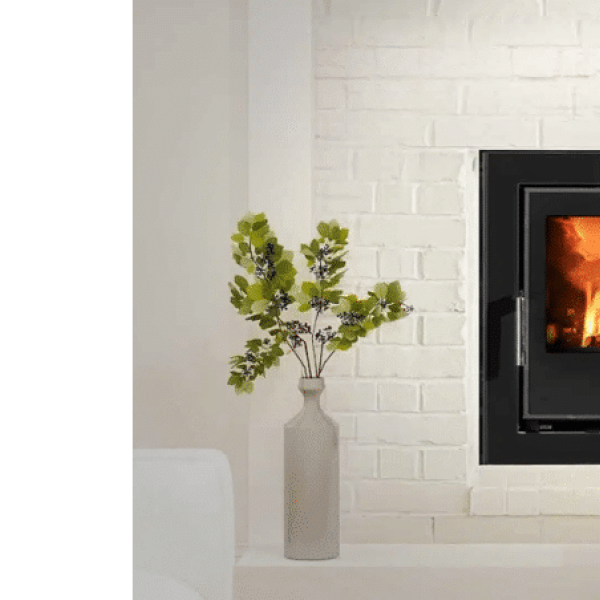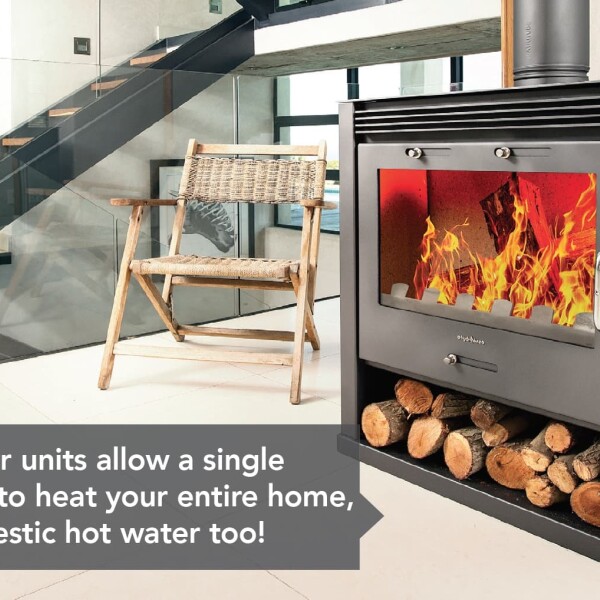A fireplace is more than a heat source—it's a centerpiece of ambiance, warmth, and architectural charm. But to truly enjoy everything a fireplace offers, careful thought must go into its placement. Poorly planned installations can lead to heat distribution issues, limited usability, or even damage to nearby electronics like TVs, sound systems, and home automation equipment.
In this comprehensive guide, we’ll walk you through how to plan the ideal fireplace placement in your home—whether you’re integrating it into a brand-new build or retrofitting it into a well-loved space. We’ll also cover how to enjoy the beauty and heat of your fireplace without compromising the safety or performance of nearby electronics.
Understanding the Purpose of Your Fireplace
Before you begin planning, ask yourself what role the fireplace will play in your home:
- Will it be your primary heating source?
- A supplementary one?
- Purely for ambiance and visual effect?
Knowing the function will help guide placement, fuel type (wood, gas, or pellet), and whether you want it in a high-traffic area like a living room or in a cozy, private space like a bedroom.

Key Considerations for Optimal Placement
Planning the placement of your fireplace goes beyond just finding an empty wall—it’s about enhancing comfort, optimizing heat flow, and complementing your lifestyle. Here’s how to approach the three key factors that influence ideal fireplace placement:
1. Room Size and Layout
The size of your room directly influences what type of fireplace will deliver the best experience. In larger spaces, such as open-plan living areas or vaulted lounges, freestanding units or large built-ins like the Hydrofire Oslo Stove or Hydrofire Panorama Gas Fireplace work best. These models distribute radiant heat evenly, filling the space with both warmth and visual appeal.
For smaller spaces—think home offices, compact bedrooms, or cozy dens—consider more subtle units like the Hydrofire Slimline Built-In or the Hydrofire Deluxe Insert. These deliver excellent heating performance without dominating the room or crowding out essential furniture.
Room layout also matters. Consider pathways and movement flow, ensuring the fireplace enhances the room’s natural rhythm without obstructing access or circulation.
2. Central vs. Corner Positioning
Centrally located fireplaces act as a powerful anchor in any room. Whether installed along a main wall or featured as a double-sided room divider, central placement offers balanced heat distribution and uninterrupted views of the flame from multiple angles. It also supports symmetrical furniture layouts, making the fireplace a focal point from anywhere in the space.
Corner placements, on the other hand, work well in space-restricted areas or rooms where wall space is at a premium. While they may not radiate heat as broadly, modern units like the Hydrofire Slimline still offer efficient performance in compact corner configurations, making them great for secondary heat zones.
3. Line of Sight and Seating Arrangement
A fireplace should be effortlessly visible from key seating areas—but not so close that heat becomes uncomfortable. Ideally, it should fall within your line of sight whether you’re lounging, reading, or entertaining.
Design your seating around the fireplace the way you would around a conversation circle or television. Sofas and chairs should face the fire directly or flank it at inviting angles. Avoid placing furniture too close, and remember that materials like leather or upholstery can be sensitive to radiant heat.
Additionally, consider glare and viewing height if you plan to mount a television nearby. In such cases, selecting a fireplace model with low front heat emission—like the Hydrofire Panorama Gas Fireplace—can make a significant difference in preserving both comfort and electronics longevity.
The TV Dilemma: Should You Mount Above the Fireplace?
Mounting a TV above the fireplace is a common design trend, but it comes with real risks. Excessive heat rising from the fire can damage electronic components, cause screen warping, and void warranties.
What Could Go Wrong:
- Overheating of sensitive electronics
- Screen discoloration or distortion
- Reduced TV lifespan
- Voided manufacturer warranties
Safe Alternatives:
- Place the TV on an adjacent wall
- Use a freestanding console across from the fireplace
- Install a fireplace lower in the wall, with ample clearance
Safety-First Installation Tips
Installing a fireplace is not only about design—it’s about ensuring lasting safety and functionality. The heat output of even the most efficient and modern fireplace demands careful consideration of building materials, clearances, and integration with your home’s existing infrastructure.

- Maintain all manufacturer-recommended clearances:
Every Hydrofire model comes with specific clearance requirements. These distances ensure that nearby walls, furnishings, and electronics are not exposed to unsafe temperatures. Ignoring these guidelines could risk both safety and warranty coverage.
- Avoid placing flammable décor (curtains, plants, etc.) near the firebox:
While the cozy glow of the fire may inspire interior styling, it’s crucial to keep flammable items at a safe distance. Decorative elements like sheer drapes or organic materials should be placed strategically to avoid accidental ignition.
- Use heat-resistant building materials like stone, brick, or tile for surrounding walls:
Not only do these materials enhance the visual framing of the fireplace, but they also absorb and distribute heat safely. Materials like reclaimed brick, fire-rated tile, or concrete offer excellent thermal protection and timeless aesthetic appeal.
- Always consult with a certified installer:
Professional installers understand local building codes, structural requirements, and best practices for venting, flue placement, and load-bearing surfaces. Their guidance ensures your installation is safe, legal, and optimized for your space.
When installed with these safety considerations in mind, your fireplace becomes a reliable and lasting feature that enhances comfort without compromise.
Fireplaces and Open Concept Living
Open-plan homes are all about flow, light, and multifunctional living. In these expansive spaces, fireplaces play a crucial role—not only as heat sources but as design elements that ground and define different zones without the need for walls. A thoughtfully placed fireplace can help create subtle boundaries between living, dining, and kitchen areas while enhancing the sense of openness and warmth.
Double-sided or see-through fireplaces are a popular choice in open-concept layouts. These models allow flames to be enjoyed from multiple vantage points, making them ideal for homes that want to preserve connection between spaces while maintaining a cozy, central hearth. For example, a Hydrofire Double-Sided Insert can elegantly divide a lounge and dining area, offering balanced heat distribution and visual appeal on both sides.
Freestanding units like the Hydrofire Oslo Wood Stove or Hydrofire Turin Cast Iron Stove are also excellent choices for open living plans. Positioned thoughtfully, they create architectural focal points that can anchor furniture layouts while radiating warmth in every direction. Because these stoves don’t require a surrounding wall, they offer more flexibility in where they can be placed within the space.
To maximize their impact:
- Place the fireplace near seating clusters to encourage conversation and comfort
- Avoid positioning directly in front of large glass doors or draft-prone windows
- Use flooring materials and finishes that complement the fireplace design
In an open-plan setting, a fireplace becomes more than a heating solution—it becomes the heart of your home, drawing people together and offering comfort across every shared zone.
Building vs. Retrofitting: How to Approach Each
Whether you're designing a new home or upgrading an existing one, integrating a fireplace requires a unique approach tailored to your space. Here's how to make the most of your installation:
New Construction: Integrated Warmth by Design
Designing a fireplace into a new build gives you unmatched flexibility and efficiency. With the freedom to plan around architectural elements, ventilation, and electrical layouts, you can seamlessly incorporate a fireplace into your home’s visual and functional DNA.
- Integrate the fireplace into the design phase: Make your fireplace part of the original concept rather than an afterthought. This ensures better placement, proportional balance, and optimized heating performance.
- Choose fuel type based on room ventilation and access: Wood-burning units require flues and chimney access, while gas models need safe, plumbed gas lines. Factoring in these elements early avoids costly revisions later.
- Pre-plan flue or chimney routes: Establish a clear pathway for flue systems and ensure ceiling joists or support beams won’t obstruct safe venting. Vertical flues are more efficient and help avoid heat backflow.
- Coordinate furniture layout with fireplace focal points: When walls and zones are being framed, plan furniture orientation around your fireplace to make it the heart of the room. This improves visual appeal and thermal comfort.

Breathing New Life Into Existing Spaces
Retrofitting allows you to upgrade an older home or revive a disused fireplace with modern performance and style. Though it involves more limitations than new construction, the right planning can yield remarkable results.
- Assess existing wall structure and ventilation: Identify whether the space can handle new loads or whether reinforcements are needed. Existing chimneys may need lining or cleaning to comply with safety standards.
- Use compact models like the Hydrofire Slimline Built-In or insert units for older fireplaces: These models are perfect for homes where space is at a premium or where structural retrofitting needs to be minimal.
- Reinforce structural supports if installing freestanding cast-iron stoves like the Hydrofire Turin: These models are heavier and may require concrete pads or non-combustible flooring to ensure safe, long-term use.
- Preserve existing mantels or surrounds: Many homeowners want to retain the visual charm of brick, wood, or stone surrounds. An efficient insert can offer new life without removing cherished details.
Whether you’re starting from scratch or working within the walls of an established space, Hydrofire offers placement-ready solutions that deliver long-term comfort, beauty, and efficiency.
Retrofitting:
- Assess existing wall structure and ventilation
- Use compact models like the Hydrofire Slimline Built-In or insert units for older fireplaces
- Reinforce structural supports if installing freestanding cast-iron stoves like the Hydrofire Turin
Hydrofire Models That Maximize Placement Potential
Hydrofire offers a range of high-performance fireplaces, each thoughtfully engineered for specific home layouts, aesthetic styles, and heating needs. These models exemplify flexibility and safety when planning your fireplace placement.
Hydrofire Panorama Gas Fireplace — Designed for Modern Flexibility
The Panorama Gas Fireplace combines low front-heat emission with sleek, contemporary aesthetics. This makes it one of the few fireplaces that can be considered for installation below a television, provided proper shielding is used. It offers the luxury of remote operation, making it ideal for modern, open-plan homes where convenience and safety must coexist. The wide flame display also makes it a natural visual centerpiece in lounges or entertainment spaces.
Hydrofire Deluxe Insert Fireplace — Elegance for Existing Hearths
The Deluxe Insert Fireplace is a transformative option for retrofits. If you have an existing masonry fireplace or an old, inefficient unit, this insert delivers modern combustion efficiency and cleaner operation with a sealed chamber and secondary burn system. Its clean-lined exterior and glass panel create a timeless, updated look that blends beautifully with both rustic and contemporary interiors.
Hydrofire Slimline Built-In — Power for Small Spaces
For apartments, compact homes, or narrow feature walls, the Slimline Built-In is a space-conscious solution that doesn’t compromise on output. It fits flush into walls and occupies minimal floor space, making it a favorite for architects designing around limited square footage. It’s ideal for corridors, dens, or modern homes where every centimeter counts.
Hydrofire Oslo and Turin Stoves — Freestanding Heritage and Heat
The Oslo and Turin Cast Iron Wood Stoves are perfect for open-concept areas or older homes seeking to retain a classic feel. These freestanding models radiate heat over a long duration, thanks to their durable cast iron construction. They can be positioned as focal points in large living rooms or used as supplementary heat sources in shared living/dining zones. Their bold presence brings character while also serving a functional role in warming spacious interiors.
No matter the size or style of your space, Hydrofire offers a fireplace model that complements your placement strategy while ensuring lasting comfort, safety, and design harmony.
How Fireplace Placement Supports Load Shedding Resilience
In South Africa, load shedding has become a regular part of life—one that often compromises the comfort and convenience of our homes. Without a reliable heating solution, power outages during winter can make rooms feel unwelcoming and disrupt everyday living. Fireplace placement plays a key role in mitigating these challenges.
By installing a fireplace in a central, frequently used room—such as the living room, dining area, or open-plan family space—you create a grid-independent heating zone that ensures warmth even during scheduled blackouts. Unlike electric heaters, Hydrofire’s wood and gas fireplaces continue to operate without interruption, making them essential for comfort during outages.
Strategic placement further enhances their impact. When positioned between shared areas, such as an open lounge and dining room, a fireplace like the Hydrofire Double-Sided Insert can heat both spaces simultaneously. Similarly, placing a unit like the Hydrofire Oslo Stove near the heart of the home allows radiant heat to spread naturally through surrounding rooms.
For modern homes, a centrally installed Hydrofire Panorama Gas Fireplace can maintain comfort with no reliance on electricity, thanks to battery ignition or manual controls. These smart placement strategies ensure you’re not just enjoying aesthetic benefits, but also practical energy resilience when it matters most.
Fireplace placement isn’t only about layout—it’s about readiness. A thoughtfully positioned fireplace helps your home stay warm, welcoming, and functional, even when the power goes out.
Planning Placement with Intention
The right fireplace placement transforms your living space from functional to unforgettable. By thinking about safety, comfort, and aesthetics together, you can enjoy the beauty of a roaring flame without worry.
Hydrofire’s diverse fireplace collection gives you the flexibility to choose what fits your lifestyle and layout best—delivering ambiance, heat, and timeless charm without compromise.

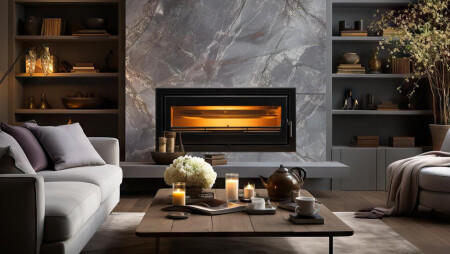
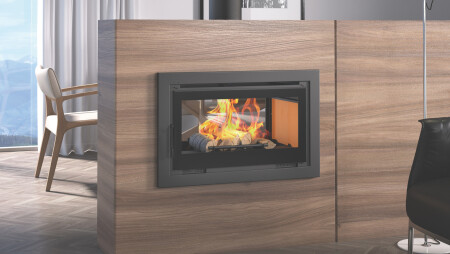
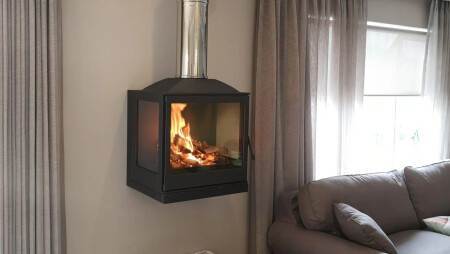
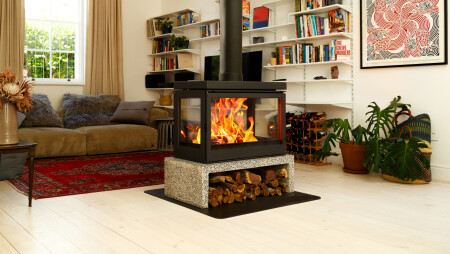

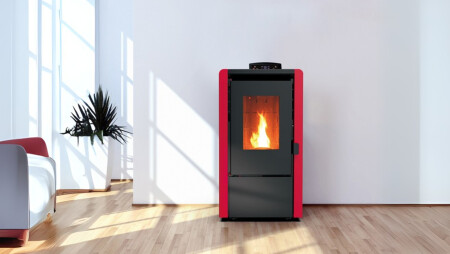

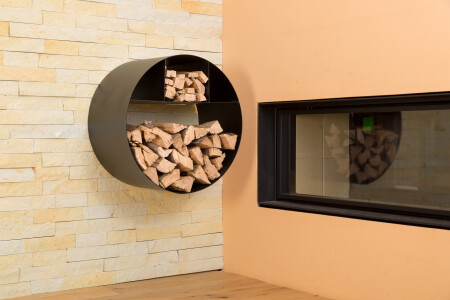


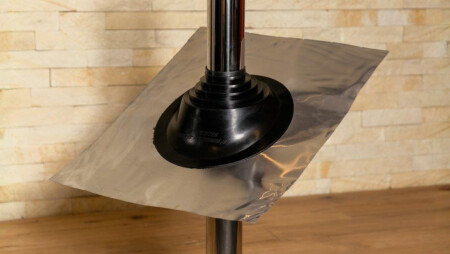
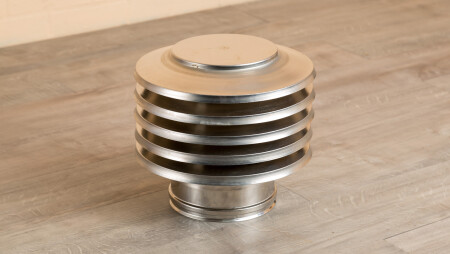
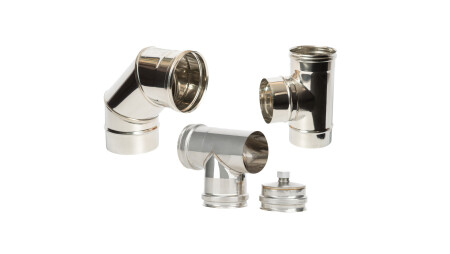


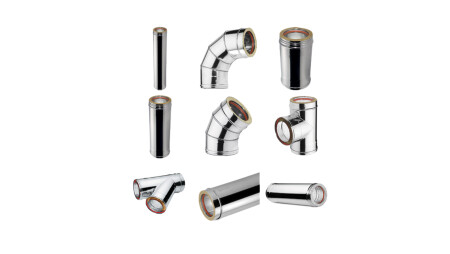
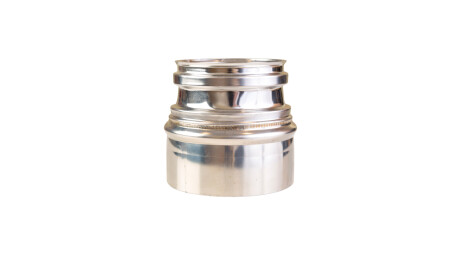
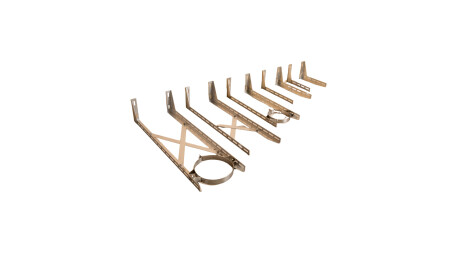

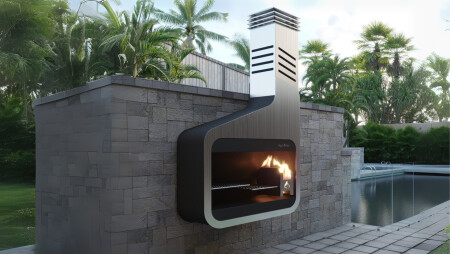
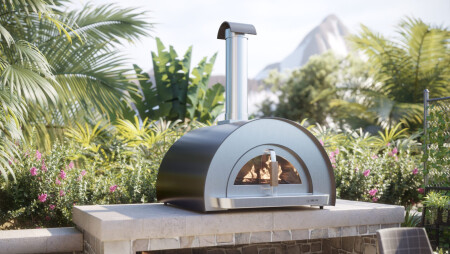
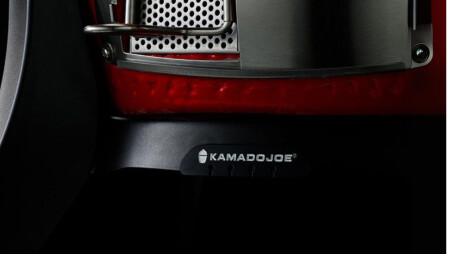
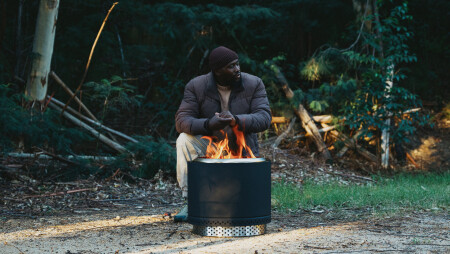
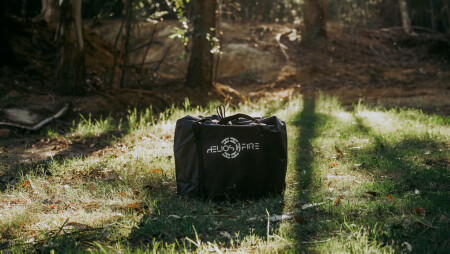

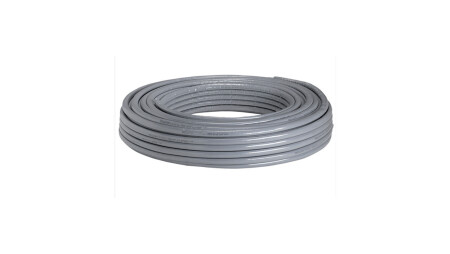

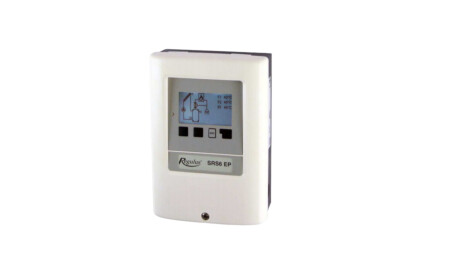
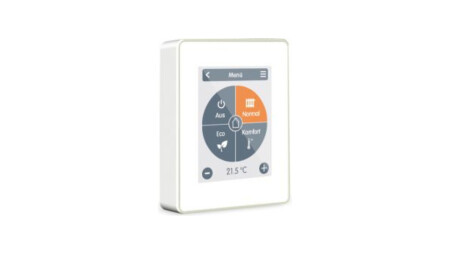


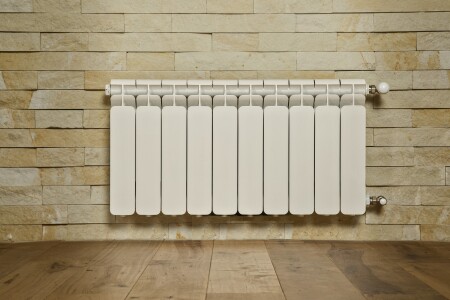
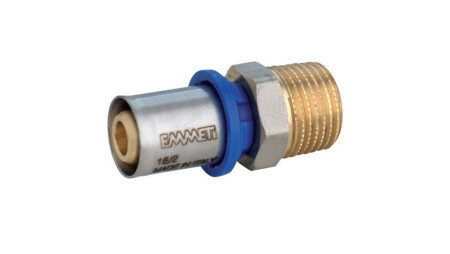

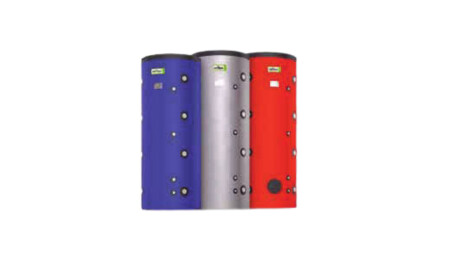
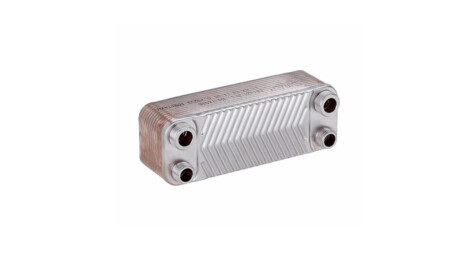
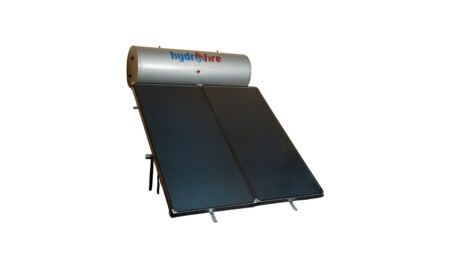
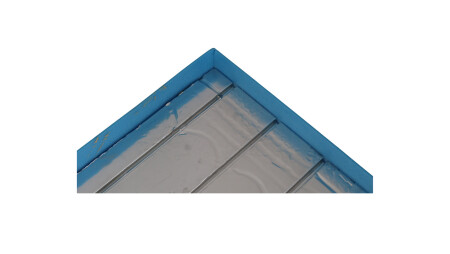
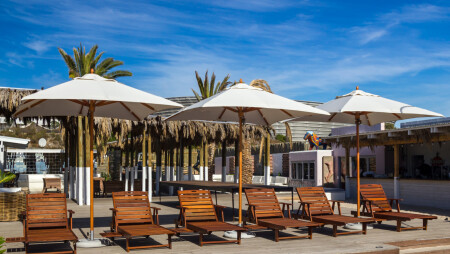
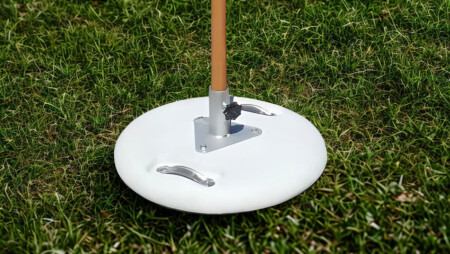
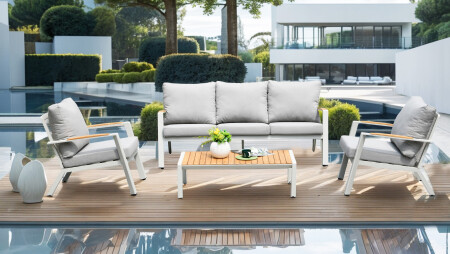
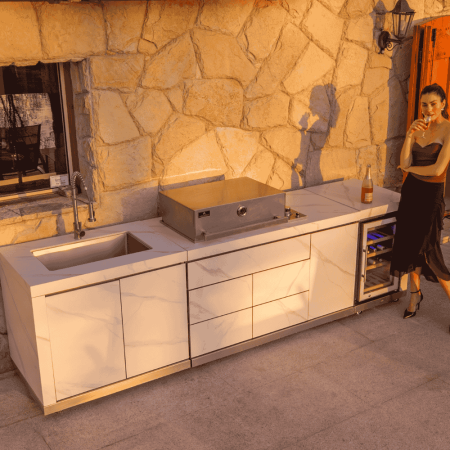
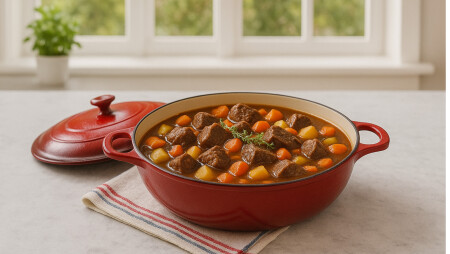
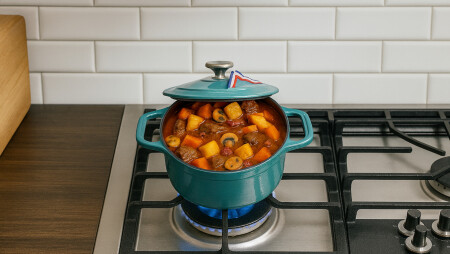



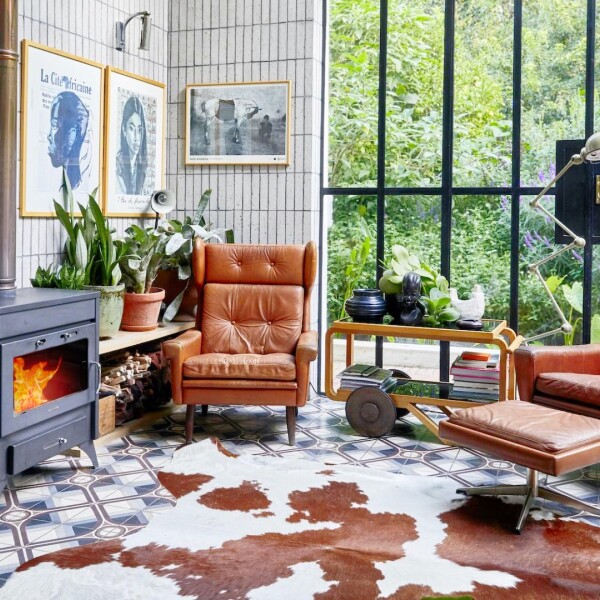
.jpg)
.jpg)
.jpeg)
.jpg)
